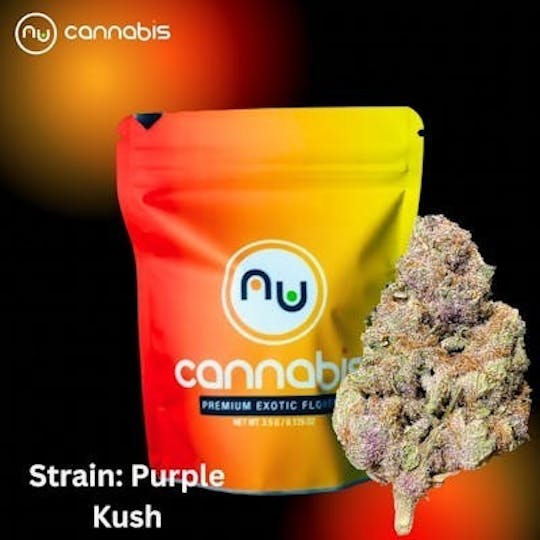
NuCannabis - Purple Kush 3.5g - PREMIUM INDOOR FLOWERS
Purple Kush is a pure indica strain that emerged from the Oakland area of California as the result of crossing Hindu Kush and Purple Afghani. Its aroma is subtle and earthy with sweet overtones typical of Kush varieties. Blissful, long-lasting euphoria blankets the mind while physical relaxation rids the body of pain, sleeplessness, and stress.
- Grape
- Earthy
- Berry
Passion, dedication, and care permeate every aspect of our creations. Each product is carefully crafted in small, artisanal batches, nurtured through precise organic methods. Our humble family oversees every stage of production, from cultivation to distribution, guaranteeing the utmost quality in our cannabis strains, concentrates, and edibles. By directly engaging with us, you bypass intermediary layers and engage directly with the essence of our artistry.
There are multiple origin stories about Purple Kush, also called Purple Hindu Kush, and no shortage of products on the market that claim its name.
According to Northern California’s Dark Heart Nursery, the strain originated in the Oaksterdam neighborhood of Oakland, Calif. The breeder and other online sources suggest it’s a cross of a Hindu Kush female pollinated by a Purple Afghani phenotype and a landrace cultivar from Afghanistan.
Afghani strains typically have sedative effects, which could explain why Purple Kush is known for its soothing, sleep-aiding properties. The strain is also named for its vibrant violet color, which is due to acidity levels, its anthocyanin (pigment) content and/or cooler temperatures where the plant is typically raised.